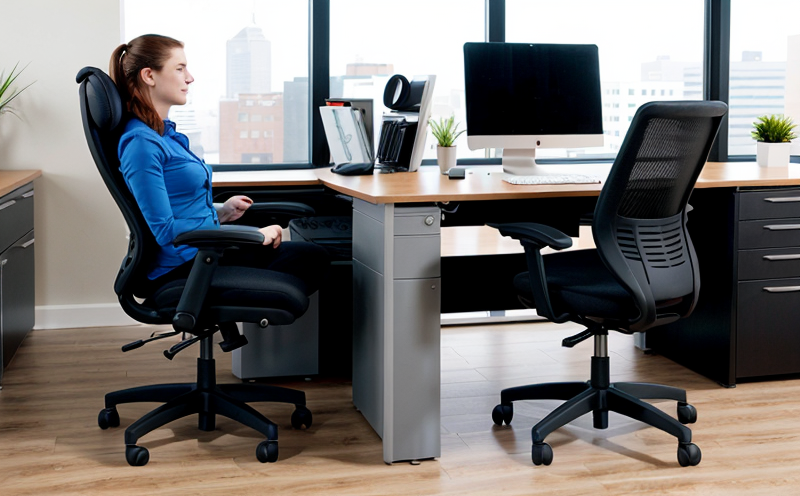BS EN 12520 Office Household Chairs Safety Requirements Testing
The British Standard (BS) EN 12520 specifies the safety requirements for office and household chairs. This standard ensures that any chair meeting these criteria is safe for use in both professional and domestic settings, thereby protecting consumers from potential hazards.
Office furniture manufacturers are required to comply with this standard when designing and producing their products. Compliance not only enhances brand reputation but also protects the manufacturer against legal liabilities due to product defects or accidents resulting from non-compliance. By adhering to BS EN 12520, businesses can ensure that they meet international quality standards and regulatory requirements.
The testing process under this standard involves a series of rigorous safety checks aimed at identifying any potential risks associated with the chair's design, materials used, and overall construction. These tests are crucial in ensuring that all parts of the chair function as intended without causing harm to users. The standards cover various aspects including mechanical stability, load capacity, material strength, durability, and ergonomics.
For instance, mechanical stability checks ensure that the chair remains stable under normal use conditions, preventing accidents such as tipping over. Load capacity tests assess how much weight a particular chair can safely support without failing or compromising user safety. Material strength evaluations determine whether the materials used in constructing the chair meet specified durability and resilience standards.
Ergonomics plays a significant role in this testing process, ensuring that chairs are comfortable for extended periods of use. This includes evaluating factors like back support, seat depth, armrest height adjustment, and overall posture alignment during sitting. Proper ergonomics helps reduce strain on the body while promoting better health and wellness among users.
Compliance with BS EN 12520 also ensures environmental sustainability by encouraging responsible use of resources throughout product lifecycle stages—from manufacturing to disposal. Manufacturers who adopt sustainable practices not only contribute positively towards reducing waste but also enhance their corporate social responsibility image.
- Ensures safe and stable seating for extended periods
- Promotes user comfort through proper ergonomics design
- Reduces risk of injury or harm from faulty construction
- Supports environmental sustainability initiatives within the industry





